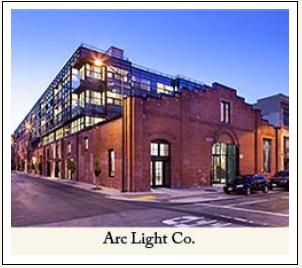| Environmentally Responsible Investments | |
 The HIT recognizes that green building methods are important for the future of the multifamily sector. Sustainable design can reduce operating costs and produce savings that can be used to support future building improvements and maintain the affordability of newly built or rehabilitated housing.
The HIT and its subsidiary Building America CDE have invested in 80 Energy Retrofit and LEED projects with estimated total economic impact of $8.2 billion.
LEED Projects/Green Projects The HIT financed its first LEED-certified building in 2001, shortly after the U.S. Green Building Council established the certification program as a benchmark for the design, construction, and operation of high-performance green buildings. Projects constructed under other green design programs and/or incorporating energy and water saving and other environmentally responsible features are also included.
The HIT and Building America have invested $897 million in 40 projects with total development investment of $2.8 billion and over 5,175 housing units.
Energy Retrofits Strong demand is likely to continue for energy retrofits for affordable housing, including public housing developments, most of which are over 20 years old. Energy-saving retrofits can help ensure the viability of affordable housing and stem the loss of low-income housing due to deterioration or conversion to market-rate residences.
While HIT has financed rehabilitation projects that include improved energy efficiency for many years, it began tracking these energy-saving retrofits in 2010. Since then, the HIT has invested $1.24 billion in 40 projects with total development investment of $2.5 billion and over 22,500 housing units. | |
Figures provided by Pinnacle Economics are estimates calculated using an IMPLAN input-output model based on HIT and subsidiary Building America project data. Data current as of March 31, 2018. Since inception dates from 1984-1Q 2018. In 2017 dollars. | |